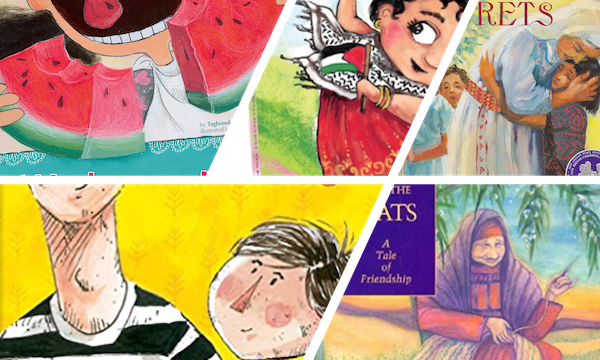”A multicultural classroom is a huge benefit for students because it promotes critical thinking, helps to prevent prejudice, and more.
https://www.carsondellosa.com/blog/7-ways-to-create-cultural-awareness-in-the-classroom/
Celebrate Eid at school or a festival with this eid sheep (What is your favorite eid (holiday) food?)
I know it’s cliche to say food bridges cultures, but I think this is a great activity to use in a school or community setting. ![]()
1. Find a Space for Your Sheep
This space above is ~6′ x 6′. I used a roll of colored paper for the background and then a roll of brown packing paper for the following:
The sheep’s body is a ~64″ x 30″ oval (a bit more flat on the bottom)
The head is 20″ x 14″ oval.
I made two separate ears ~ 9″ x 5″ ovals
and the tail is ~2″ x 5″- tapered a bit on one end.
The legs are rough rectangles ~ 12″-14″ x 2″.
I used black construction paper to make two eyes (2″ x 3″), the nose curved (~4″ x 2 1/2″) and rectangular hooves(2 1/2″ x 1″).
2. Make the Sheep’s Wool
For this size, I made 2″ circles and seemed to be a good size for small hands to write in their foods on. I made it colorful but you could also make it all white to make the sheep look more wooly. We used tape which meant that we could use the sheep again. Glue would work, too.
![]() 3. The Title
3. The Title
I did not plan it out well. But something that shows that the word “eid” simply means holiday. Having the word “eid” written in Arabic as well could be great!
This board was left unattended at a festival so it didn’t get filled out. – I would recommend having someone encourage festival goers to participate. Or involving your entire school would help cover the sheep’s body and make it look more wooly!
That’s it!
I’d love to see if this works for you! Let me know!
Shoot me an email at arabishway at gmail or tag me on Instagram/Facebook @arabishway!



